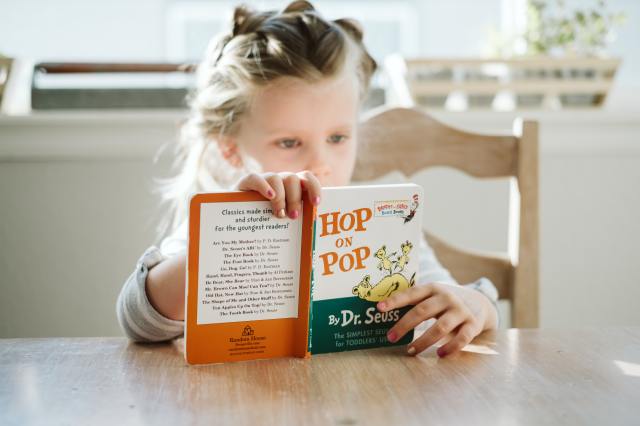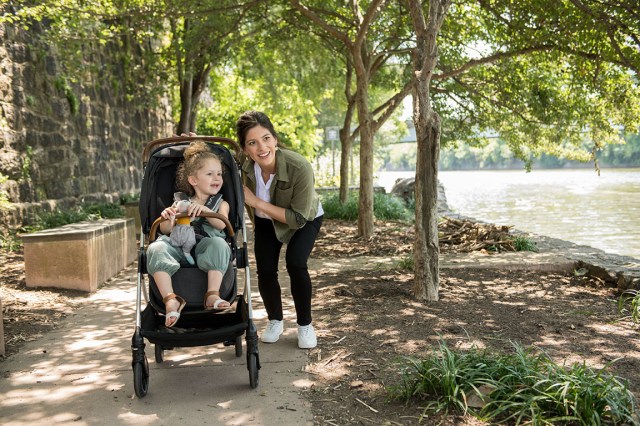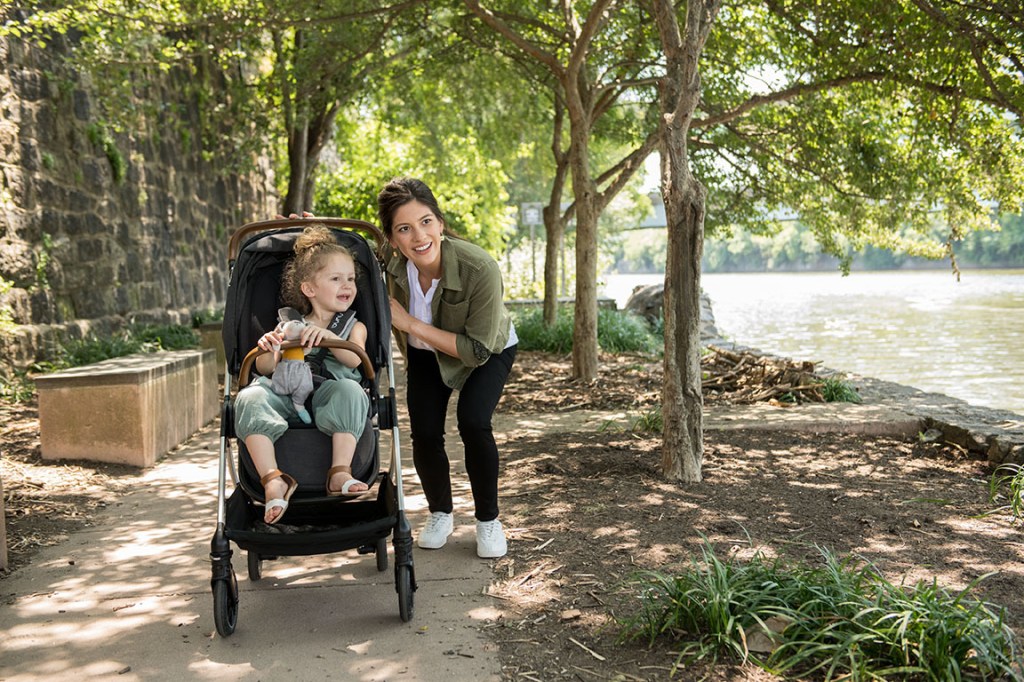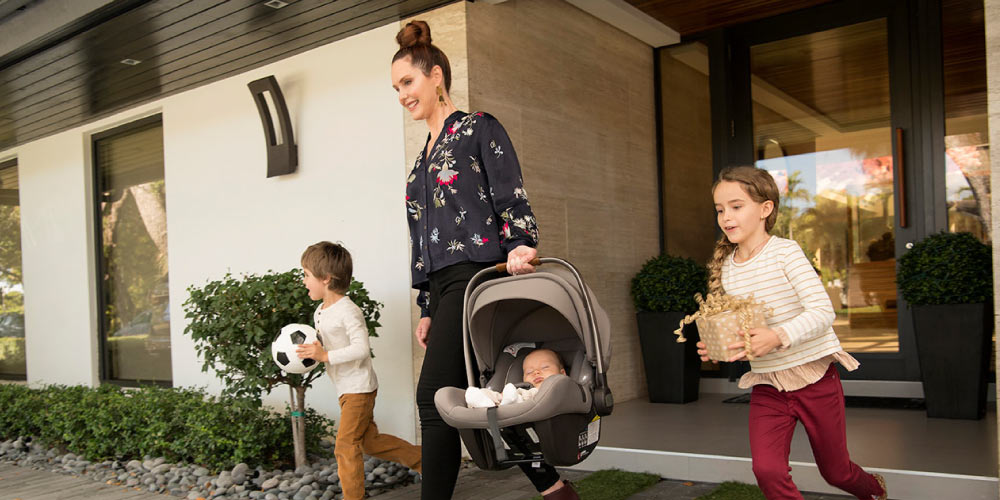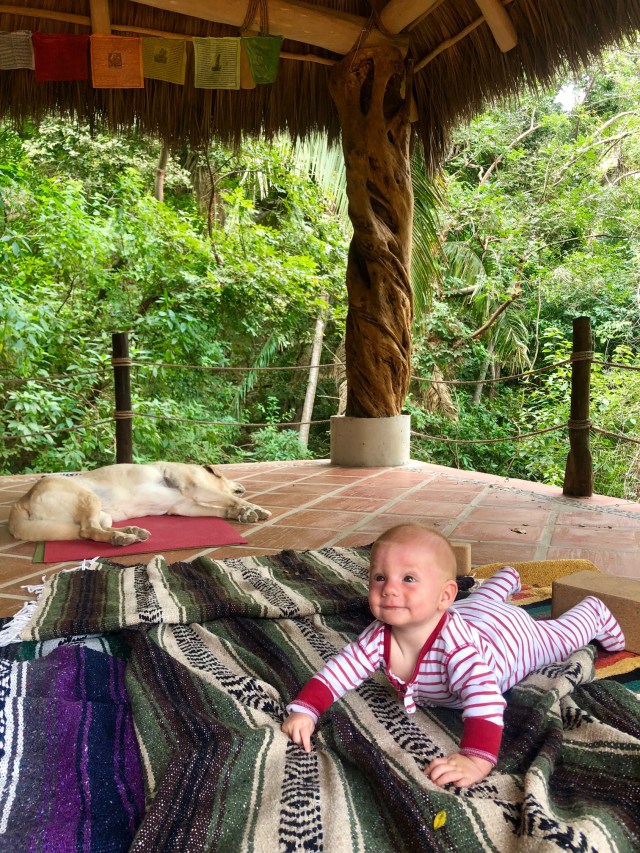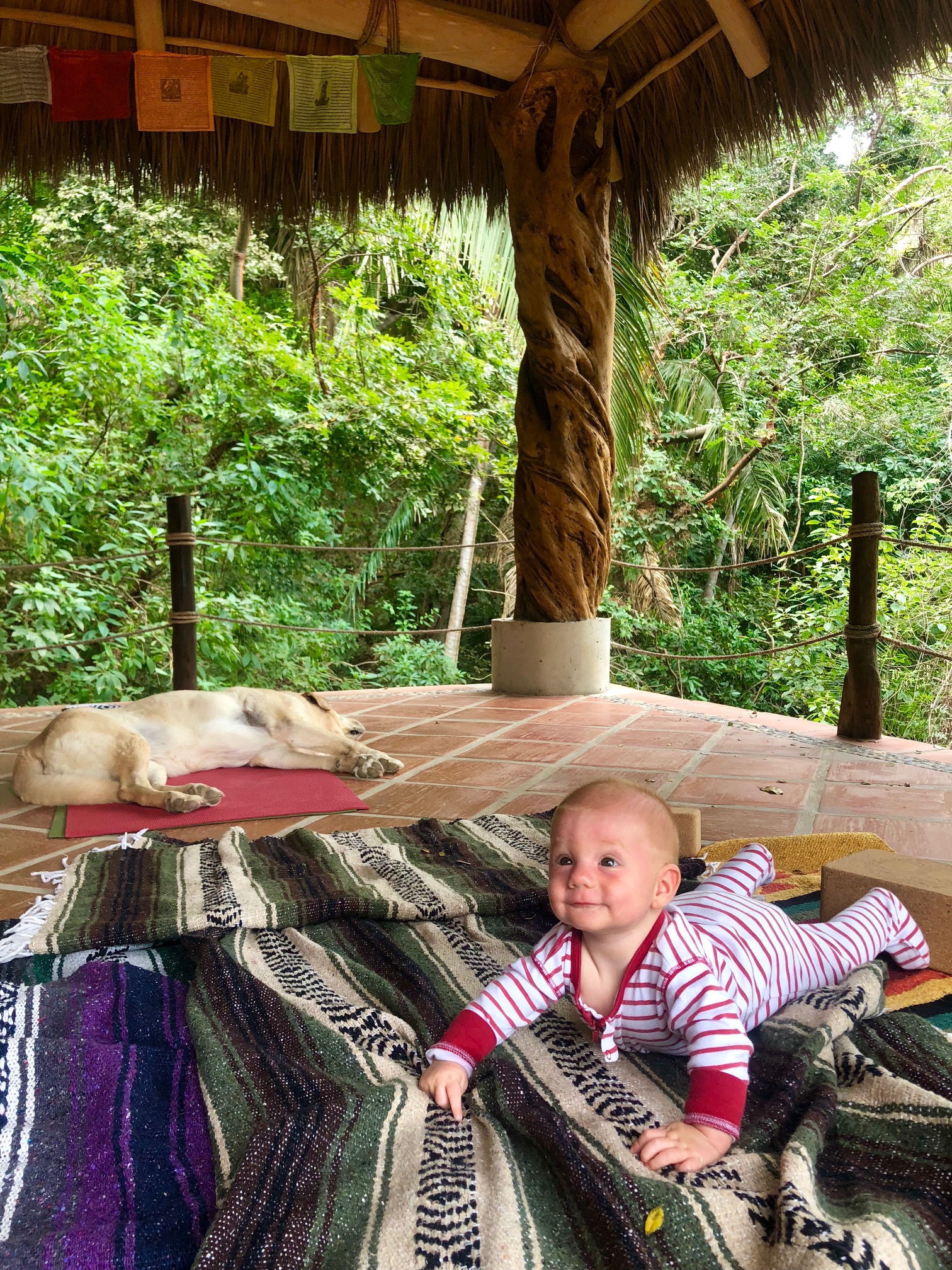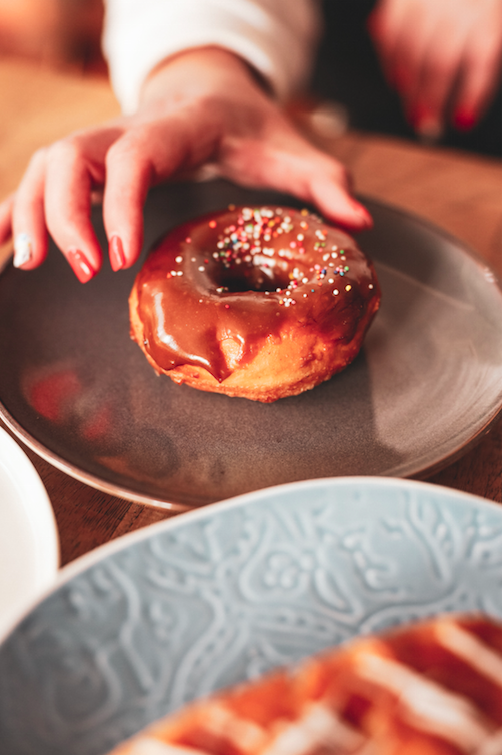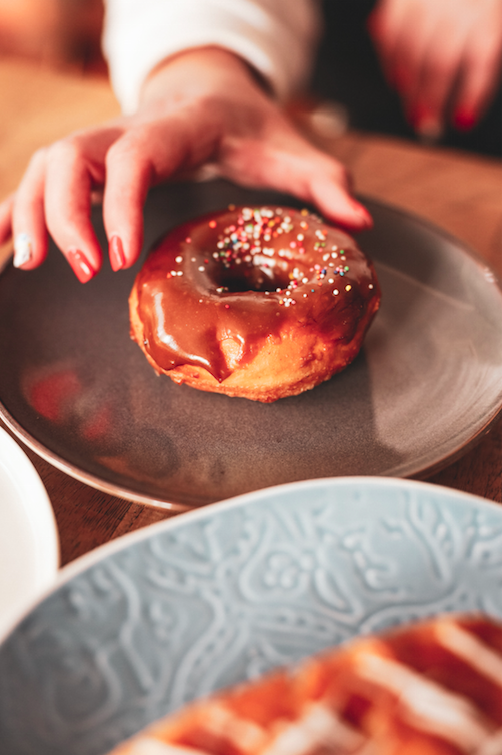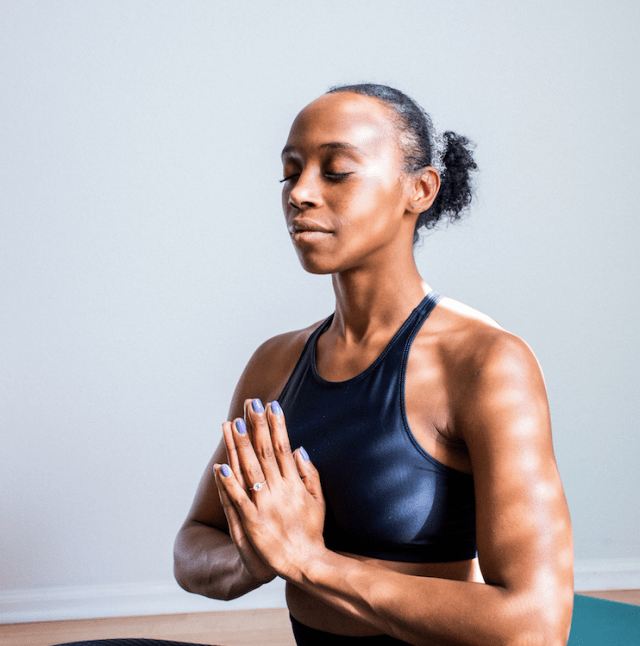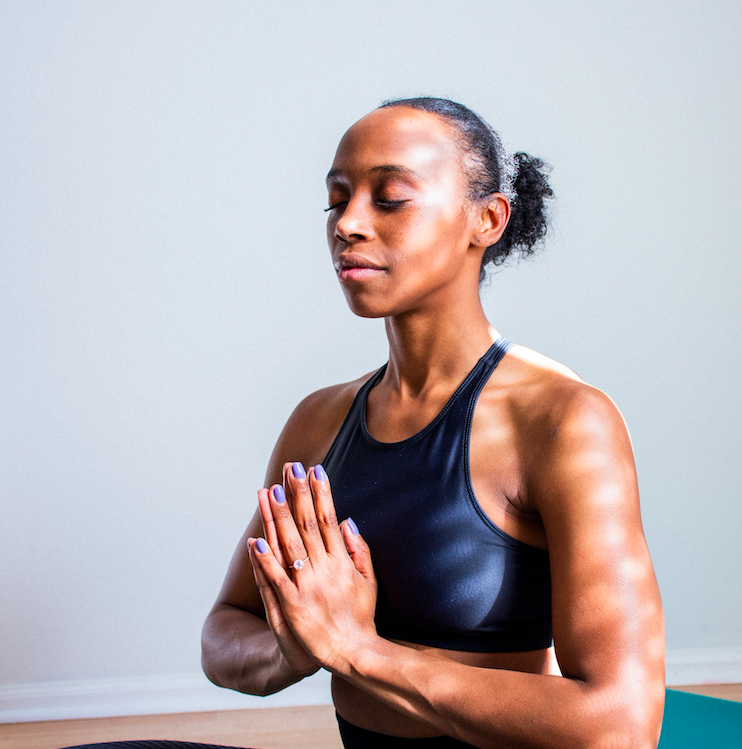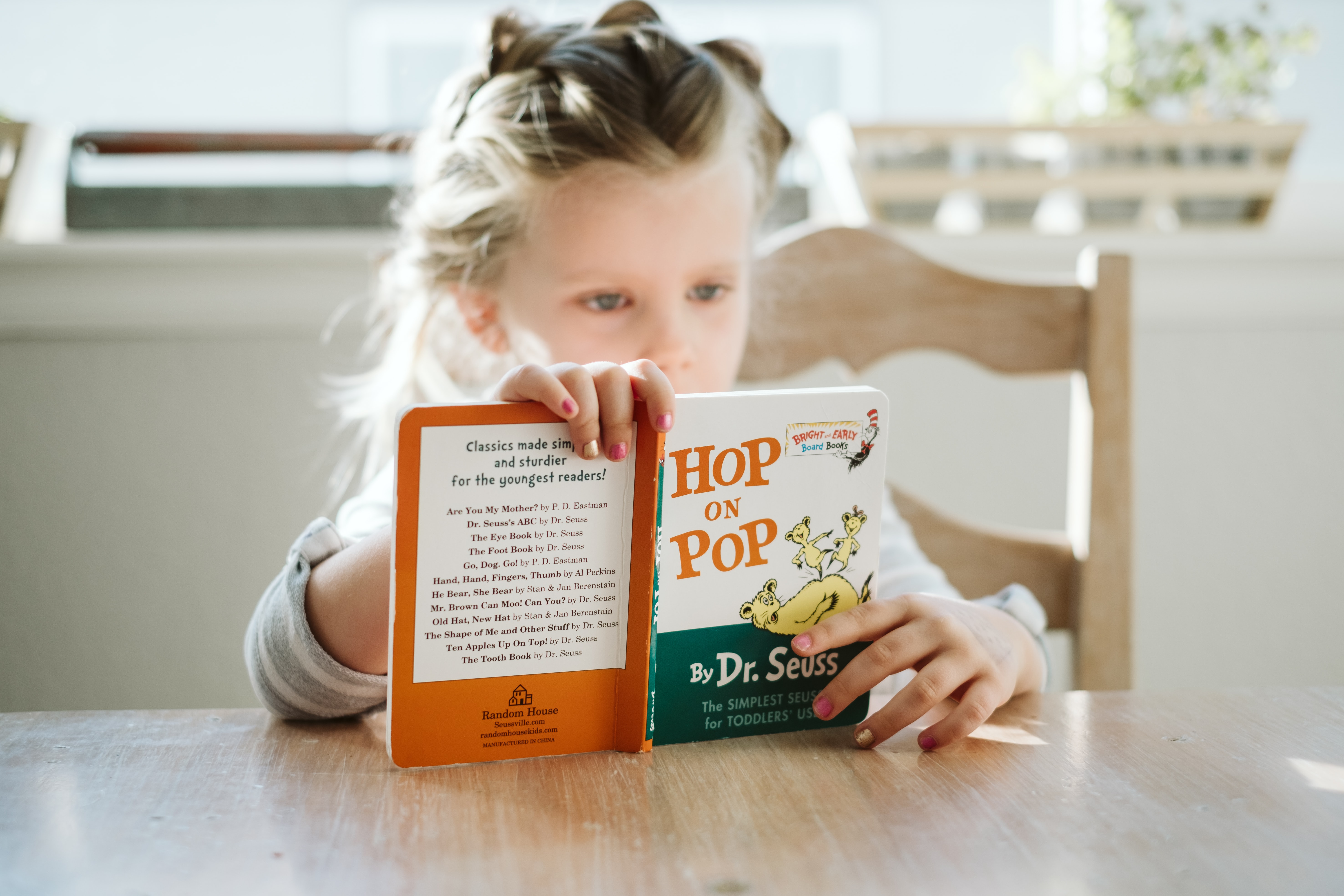
So you’re thinking that it is time to start teaching your child how to read. It seems simple enough. Teach the alphabet and letter sounds, and then just tell your child to “sound it out”.
But it’s so much more complex than that. In fact, the majority of children who struggle with reading lack proficiency in something called phonological awareness. This crucial pre-reading skill can cause significant difficulties down the road with learning to read.
A little bit of intentional practice can go a long way with this early literacy skill. Here’s a brief overview of what phonological awareness is, how it prepares a reader, and four ways to get started today.
What Is Phonological Awareness?
Phonological Awareness is one of the most important early literacy skills your child will encounter when learning to read. Simply put, it is the understanding that words comprise the sentences we speak and those words consist of individual sounds. The tricky part about practicing this skill is that it is done completely orally. This means that when you are practicing identifying the sounds within a word, you don’t use letters.
Therefore, this concept can be very abstract for a little learner. It’s very important to start slow and work your way up from least to most complex skills under the phonological awareness umbrella. Here are a couple of important phonological awareness skills to think about:
-
Counting words in a sentence: can your child identify how many words are in one sentence?
-
Rhyming: Can your child identify and create his/her own rhymes?
-
Orally breaking words apart into individual sounds or blending sounds together to make words
-
Orally identifying beginning, medial and ending sounds
-
Orally adding, deleting or substituting a sound within a word
How Phonological Awareness Supports Reading
So why exactly is phonological awareness a crucial pre-reading skill? The ability to orally blend sounds together to make a word or break apart words into individual sounds lends perfectly into a child’s future ability to decode unknown words. If that child can orally identify individual sounds within a word, she certainly will be able to look at a word and break that word into individual sounds and blend those sounds back together to “read.”
Understanding phonological awareness also helps your little one use words that he already knows to decode new words. For example, if your child knows how to read the words cat, hat or mat, he will be able to quickly figure out how to read chat or splat because of the phonological awareness skills of rhyming and sound substitution.
3 Quick and Simple Activities That Support Phonological Awareness Development
Now that you have a basic understanding of why phonological awareness is important and how it directly relates to reading, here are some quick and easy ways to nurture these skills in your future reader:
1. Use toys to count words in a sentence. A simple and engaging way to start thinking about the individual words in a sentence is to use your child’s toys as a way to represent the words. Present your child with a variety of sentences and have her place a toy out for each word in that sentence. Be mindful that she is actually counting words, not syllables, so you might actually want to start by giving sentences that only have one-syllable words like “I love to swim” as opposed to “Open the book.”
Some variations may be to have your child jump for each word he hears or, if it’s a nice day or bathtime, use a squirt toy to squirt for each word.
2. Go on a sound hunt. A very powerful and engaging game you can play with your child is called a “Sound Hunt.” Have your little one pick an object from around your home. Let’s say she chooses a pillow. Then, she will look for other items around the house that begin with the /p/ sound. She might find a piano or some paints from the arts and crafts bin.
When your child gets stronger with this skill, you can challenge her to try to find items that end with the same sound.
3. Read a variety of rhyming books. Rhyming is one of the most important phonological awareness skills because of its direct relationship to reading. One of the simplest ways you can increase your little one’s awareness of rhymes is to read a wide variety of rhyming books. The first objective with rhyming is to ensure your child can hear a rhyme. Think about the line from the popular book Goodnight, Moon. “And there were three little bears sitting on chairs.” You might ask your child which two words rhyme from the page: bears/chairs or bears/and. Or, after reading a book multiple times, you may decide to leave the second rhyme off and see if she can fill in the missing rhyme.
3. Use everyday objects to play sound games. Make the everyday objects in your home extraordinary with this twist on the old classic “The Name Game.” Have your child pick any object he finds interesting in your home. Let’s say he finds a banana. Have him say the object’s name out loud. Then, give him the directive to add, delete, or change a sound in the word. So you might say, “Now say banana without the /b/” or “Change the /b/ in banana to a /m/”. He could say back “anana” or “manana”, respectively.
Making new words by manipulating sounds can get pretty silly and invoke a lot of laughter. Be aware that this is the most difficult phonological awareness skill and should only be attempted after your child has had success in less complex skills.
Baby Steps for Reading
Learning to read is a process in which every child approaches differently. Understanding phonological awareness and intentionally practicing it will equip you with what you need to set your child up for reading success…and some fun!
